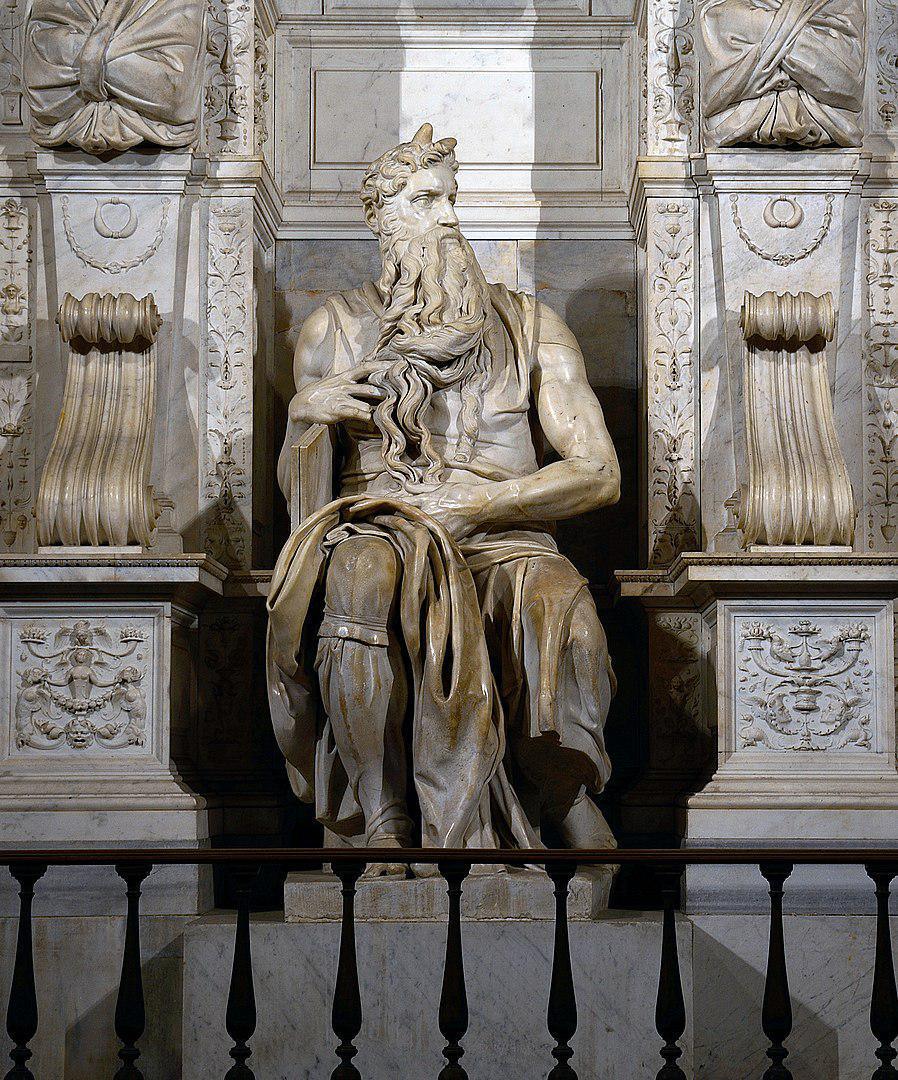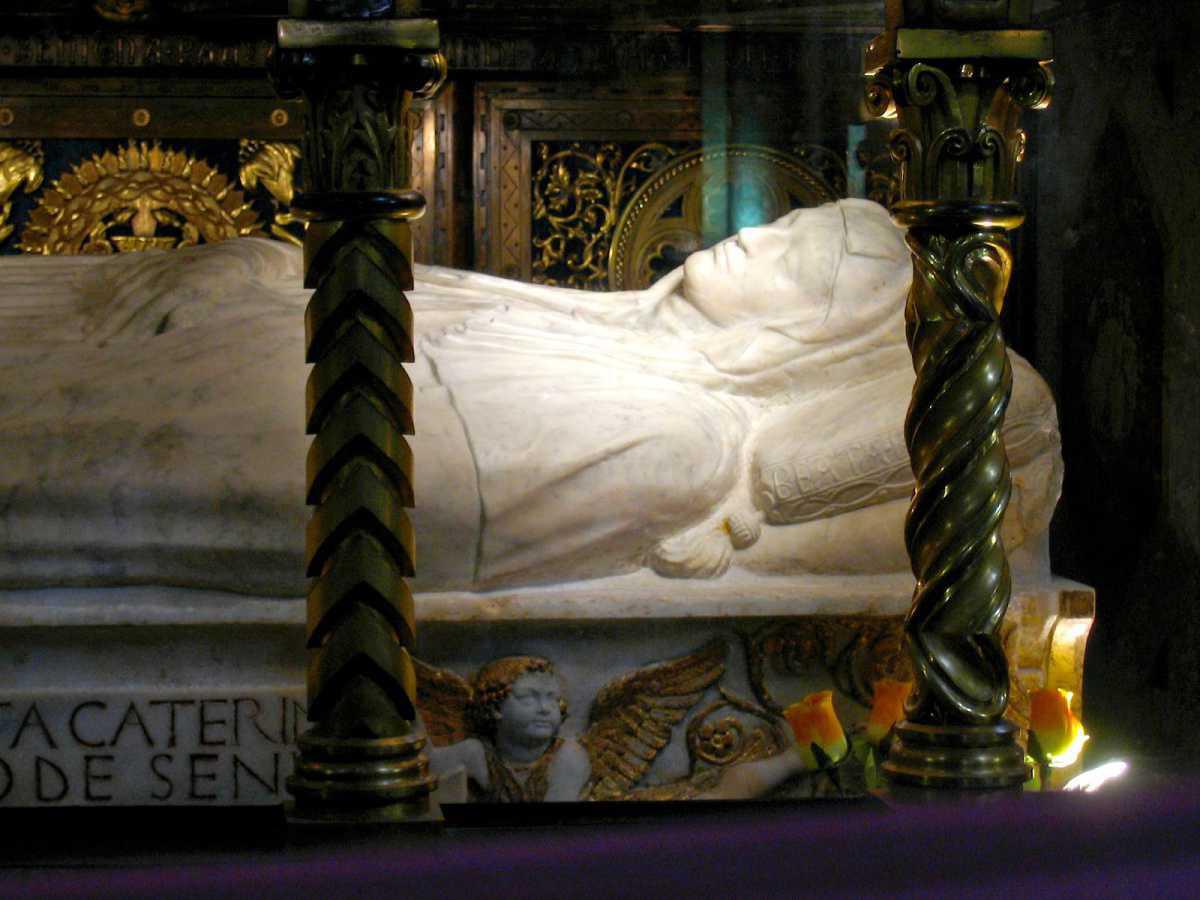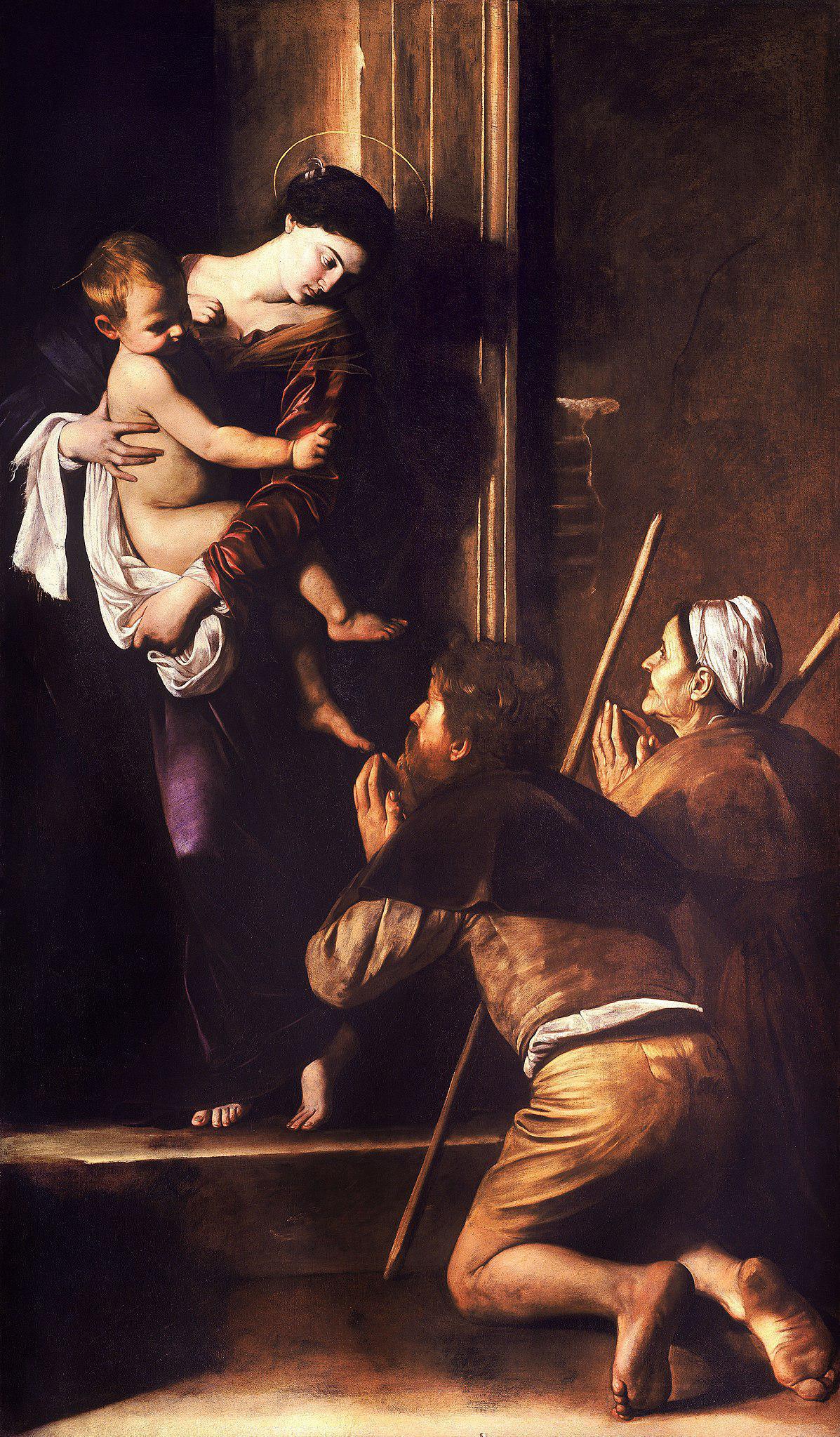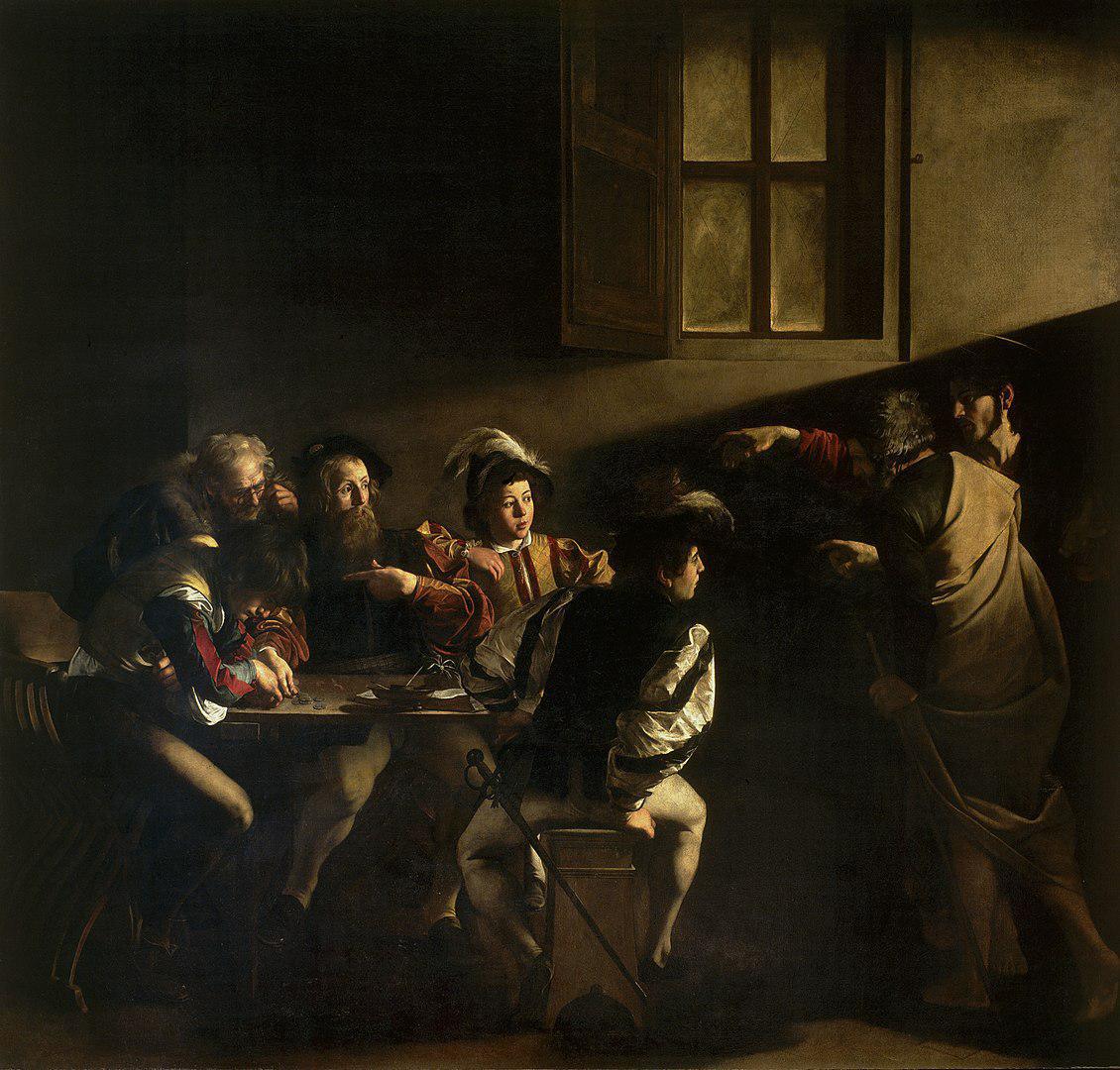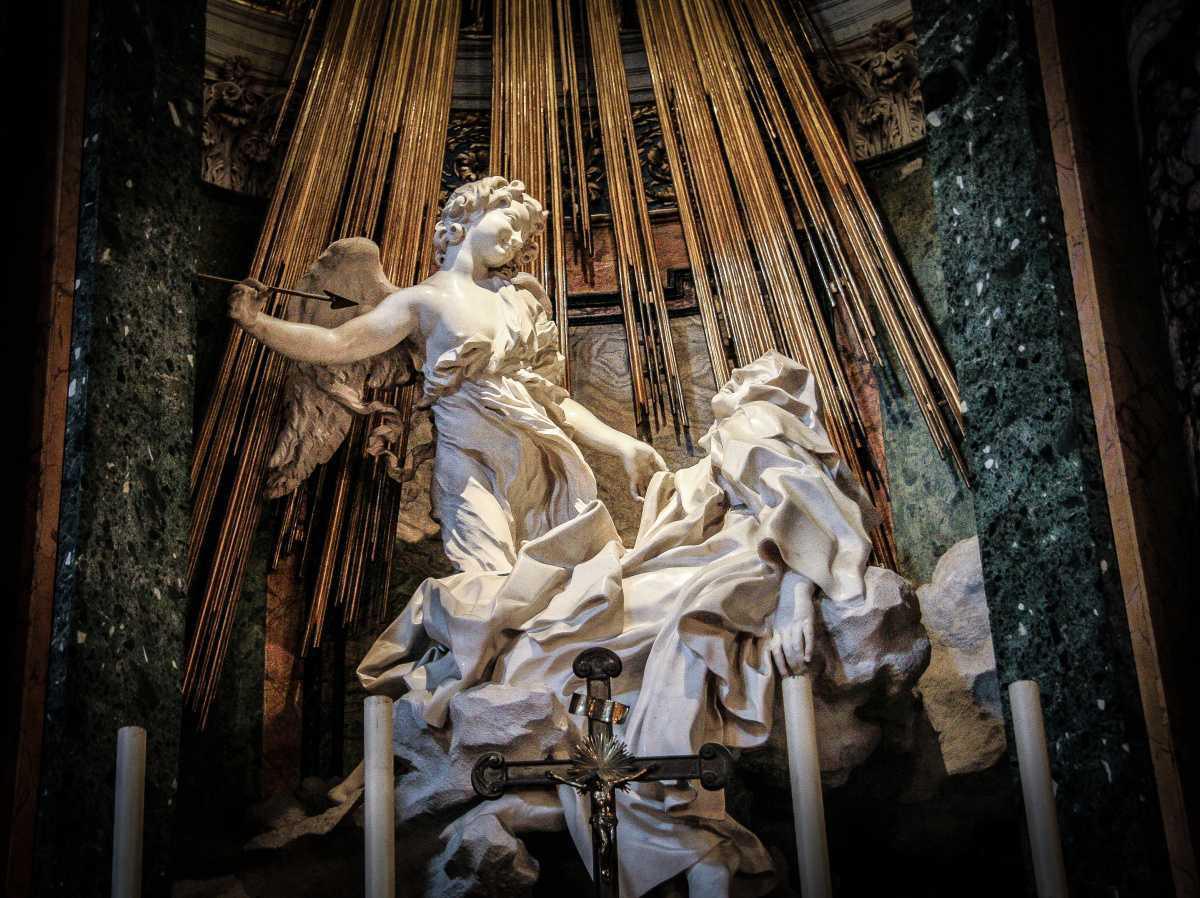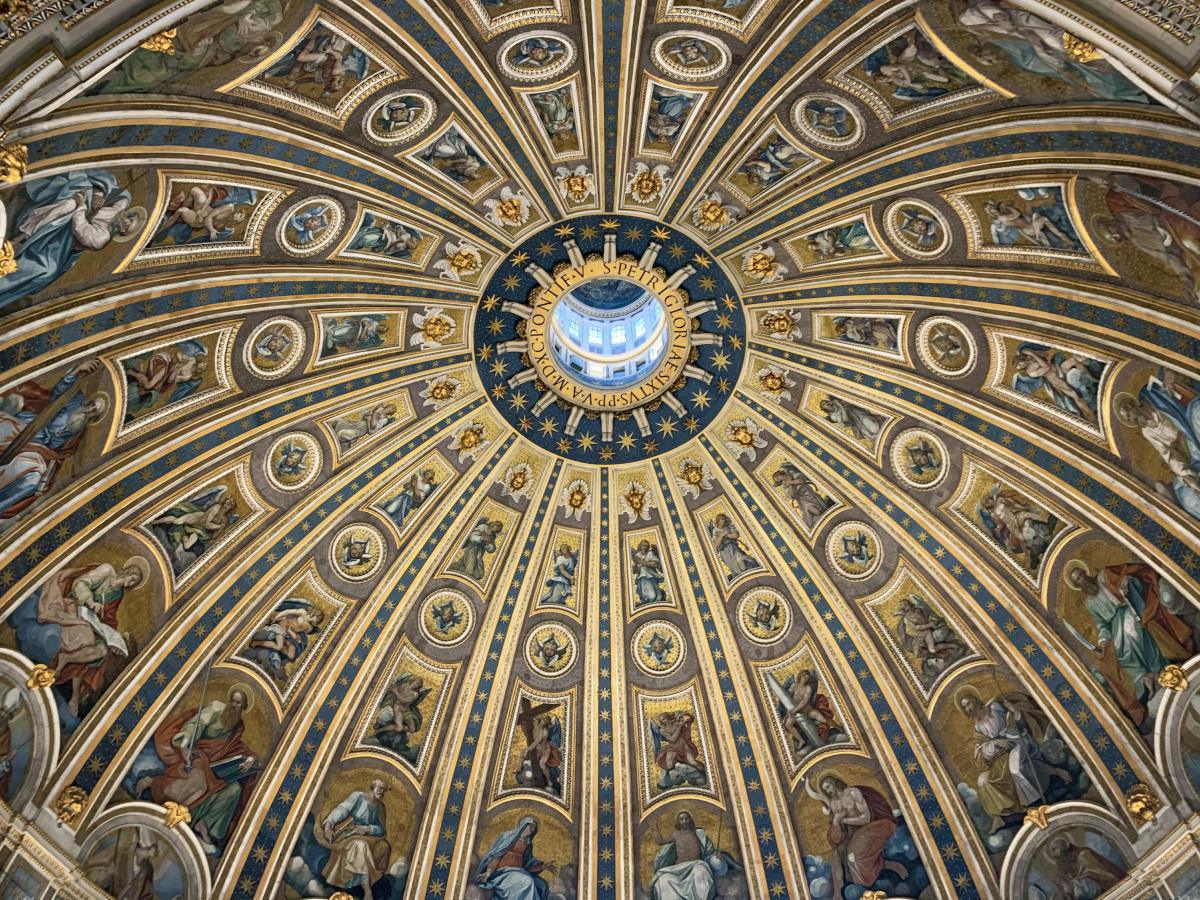See Sacred Art for Free in their Original Spaces
Open Map
Religious paintings and sculpultures are typically meant to be viewed in sacred spaces. Rome's churches hold worldclass works from the Renaissance and Baroque period's greatest artists. These works still remain in the places for which they were initially intended. They enrich the atmosphere around the liturgy, and they help guide the prayer experience calling to mind moments of the Gospel and Lives of the Saints. Here are some key places to visit in Rome to get you started.
Estimated Time: 4 Hours
Places to Visit:
Church of San Pietro in Vincoli (St. Peter in Chains)
Where St. Peter’s Chains Tell a Story of Strength
The Basilica of San Pietro in Vincoli, standing atop the Esquiline Hill, holds one of Christianity’s most revered relics—the chains of St. Peter. The church traces its origins to a gift from Empress Eudoxia, who presented the chains to Pope Leo I. Originally dedicated to St. Paul, the basilica was rebuilt by Pope Sixtus III in 439 and renamed to honor the chains, which, according to tradition, miraculously fused together when compared with those from St. Peter’s imprisonment in Rome.
Within its simple yet sacred interior, the chains of St. Peter remain the basilica’s central relic, venerated as a tangible connection to the apostle’s suffering and steadfast faith. Another masterpiece housed here is Michelangelo’s Moses, a striking sculpture commissioned for the unfinished tomb of Pope Julius II.
As a place of devotion and artistry, San Pietro in Vincoli continues to draw pilgrims and visitors alike, offering a profound encounter with the legacy of St. Peter and the enduring strength of faith.
Basilica of Santa Maria Sopra Minerva
Home of St. Catherine’s Relics, Heart of Dominican Tradition
The Basilica of Santa Maria sopra Minerva, one of Rome’s only two Gothic churches, stands as a sacred space of devotion, history, and Dominican tradition. Built atop the ruins of a temple dedicated to Minerva, the basilica has undergone centuries of transformation, becoming most widely known as the resting place of Saint Catherine of Siena, Doctor of the Church and patroness of Italy.
At the entrance, pilgrims are greeted by a distinct obelisk, supported by an elephant-shaped base crafted by Gian Lorenzo Bernini. The current basilica, begun in 1280, has seen many renovations, yet remains one of the oldest Dominican churches in Rome. Within its sacred walls lies the body of St. Catherine, enshrined beneath the high altar, where she continues to inspire devotion. Nearby rests Blessed Fra Angelico, the Dominican painter whose works captured the beauty of Christian faith. A side altar holds the crucifix that, according to tradition, spoke to St. Camillus of Lellis, encouraging him to found the Camillians, a religious order dedicated to the care of the sick.
The Order of Preachers, who have safeguarded the basilica for centuries, continue their tradition of praying the Liturgy of the Hours in the church three times daily. As a place of prayer, history, and Dominican spirituality, Santa Maria sopra Minerva remains a sanctuary where the lives of saints, scholars, and artists converge in devotion to God.
Basilica of Sant'Agostino al Campo Marzio
Sant’Agostino—The Tomb of St. Monica, A Shrine of a Mother’s Love
The Basilica of Sant’Agostino, located in Piazza Sant’Agostino, holds the distinction of being one of Rome’s first Renaissance churches and the final resting place of Saint Monica, the mother of St. Augustine of Hippo. Originally built in the 14th century, the church was rebuilt between 1479 and 1483 under the patronage of Cardinal Guillaume d’Estouteville, with architects Jacopo di Pietrasanta and Sebastiano Fiorentino leading the project. In the 18th century, Luigi Vanvitelli transformed the church’s interior, dome, and façade, incorporating travertine stone from the Colosseum into its construction.
Within its sacred walls, the basilica houses a wealth of Renaissance and Baroque masterpieces. Among them is Raphael’s fresco of the Prophet Isaiah (1512) and Sansovino’s Madonna del Parto (1516), a revered image of the Blessed Virgin. The church is also home to Caravaggio’s Madonna of the Pilgrims (1604), a striking depiction of humble devotion, and a Byzantine icon enshrined in the main altar, which was designed by Gian Lorenzo Bernini.
Pilgrims visit the tomb of St. Monica, honoring the mother whose unceasing prayers led to the conversion of St. Augustine, one of the Church’s greatest theologians. As a place of prayer, art, and history, Sant’Agostino remains a sanctuary where faith and culture come together in devotion to God.
Church of San Luigi dei Francesi (St. Louis of the French)
Where Faith Meets Masterpiece—Caravaggio’s Vision of St. Matthew
The Church of San Luigi dei Francesi, the French National Church in Rome, stands as a center of faith, history, and artistic heritage. Built in the 16th century to serve the growing French community, its construction began under Pope Clement VIII and was entrusted to Domenico Fontana and Giacomo della Porta, the architects behind St. Peter’s Basilica.
The church’s greatest treasures lie in the Contarelli Chapel, where three masterpieces by Michelangelo Merisi, known as Caravaggio, depict the life of St. Matthew. These paintings—The Calling of St. Matthew, The Inspiration of St. Matthew, and The Martyrdom of St. Matthew—capture the evangelist’s divine mission, struggle, and ultimate sacrifice, rendered with Caravaggio’s signature use of dramatic light and realism.
A place of pilgrimage and artistic admiration, San Luigi dei Francesi remains a sacred space where French history, Christian devotion, and Baroque artistry unite in a profound testament to faith.
Church of Santa Maria della Vittoria
Where Mary’s Light Shone in Battle and Bernini’s Art Shines Forever
The Church of Santa Maria della Vittoria, a Carmelite sanctuary, stands as a place of Marian devotion and Baroque splendor. Originally a chapel dedicated to St. Paul, the church received its present name in honor of the Catholic victory at the Battle of White Mountain on November 8, 1620. This triumph, attributed to divine intervention, is linked to the miraculous image of Mary, which played a pivotal role in the battle. According to tradition, Father Domenico di Gesù e Maria, chaplain to the Catholic army, carried a small portrait of the Blessed Virgin in adoration of the Child. At a critical moment, rays of light were said to emanate from the image, blinding the enemy forces and securing victory.
Inside, the church’s most renowned masterpiece is Bernini’s Ecstasy of St. Teresa of Avila, a dramatic sculpture that captures the mystical vision of the great Carmelite saint. Depicting St. Teresa in a state of divine rapture, the work is one of the most celebrated expressions of Baroque spirituality.
Just outside, visitors can admire the Fountain of Moses, a grand monument marking the completion of Rome’s Acqua Felice aqueduct. As a sanctuary of Marian miracles and artistic genius, Santa Maria della Vittoria remains a place where history, faith, and beauty converge.
St. Peter's Basilica
Heart of the Catholic Church, Largest Basilica in the World, and Burial Place of St. Peter
St. Peter’s Basilica, the heart of Catholic Christendom, stands as a monumental expression of faith and artistic mastery. Its construction, initiated in 1506 under Pope Julius II, spanned over a century, culminating in 1615 under Pope Paul V. Built upon the site of St. Peter’s tomb, the basilica embodies the spiritual and historical significance of the Apostle Peter, whom Christ appointed as the foundation of His Church.
Designed in the form of a three-aisle Latin cross, the basilica’s focal point is its high altar, situated directly above the relics of St. Peter. Here, Michelangelo’s soaring dome and Bernini’s Baldachin mark the sacred burial site, drawing pilgrims from across the world to venerate the Prince of the Apostles.
The basilica’s grandeur reflects the Church’s role as the guardian of tradition and faith, while its architectural brilliance, shaped by masters such as Bramante, Raphael, Michelangelo, and Bernini, remains an enduring testament to the glory of Catholic devotion and the triumph of sacred art.
Open Map
Stay Connected:
Sign up and get weekly updates with new locations, intenaries and videos.


